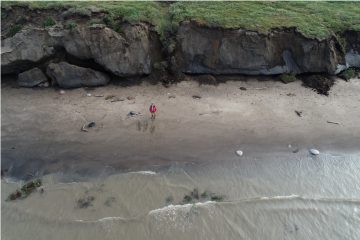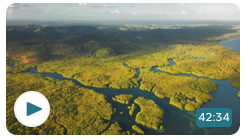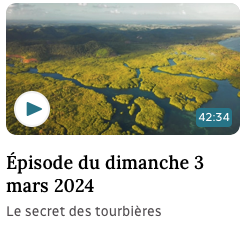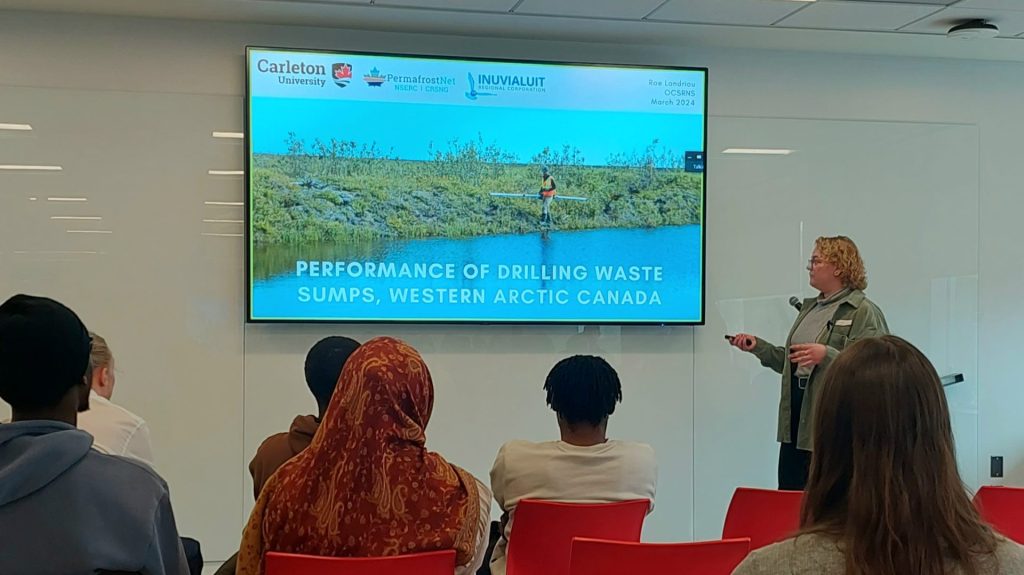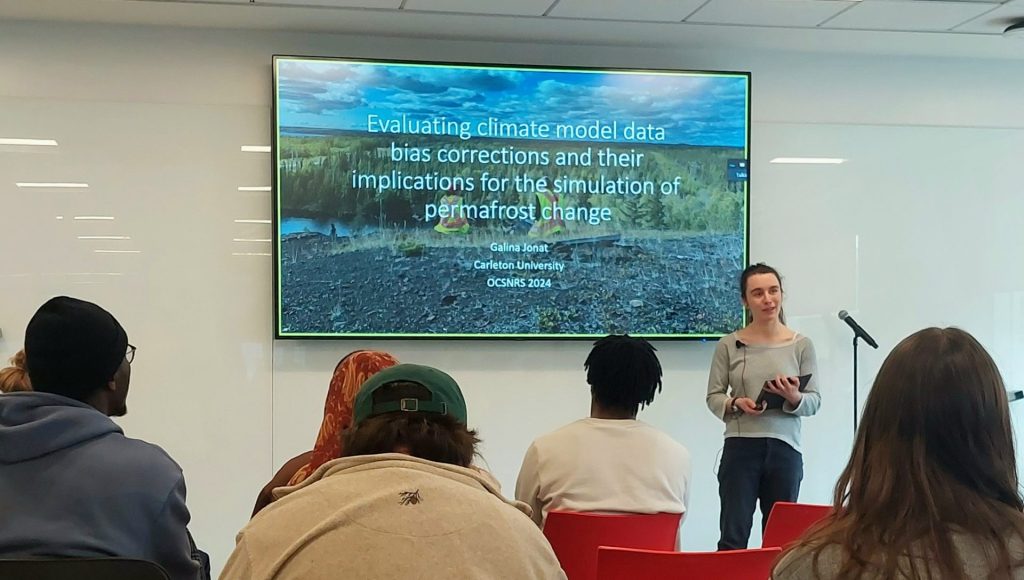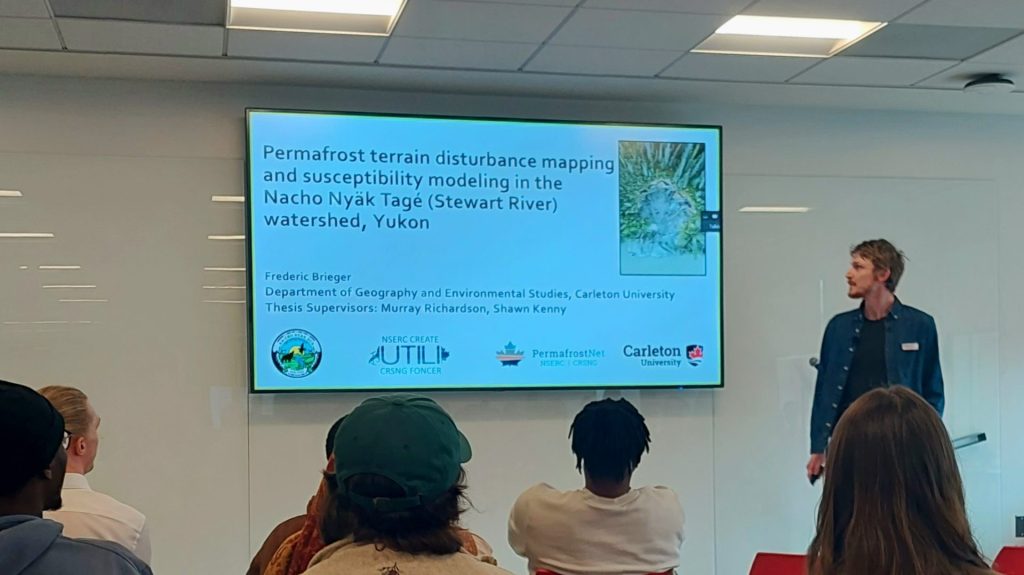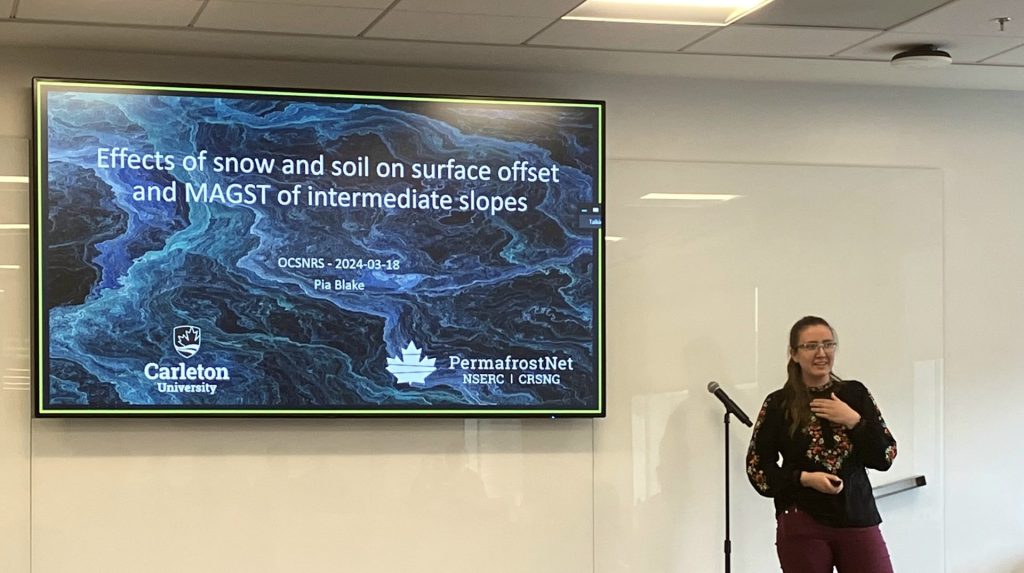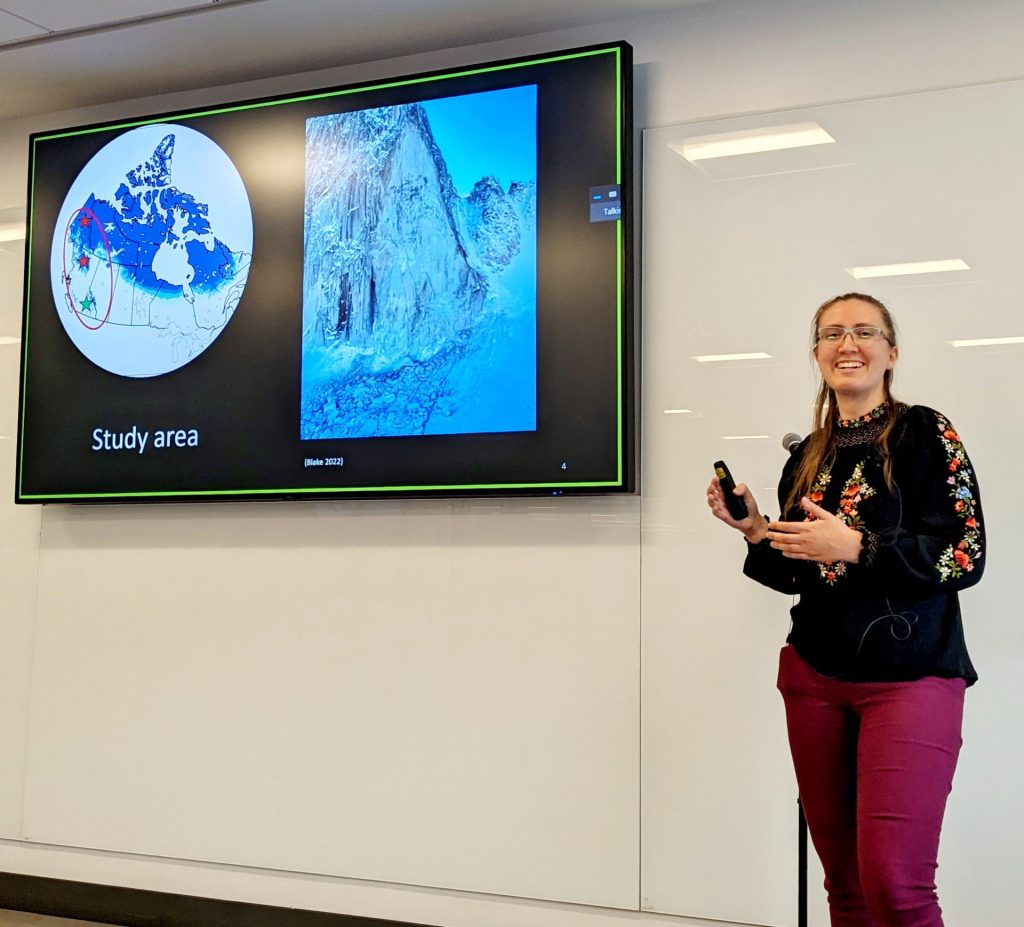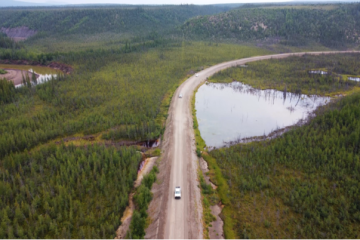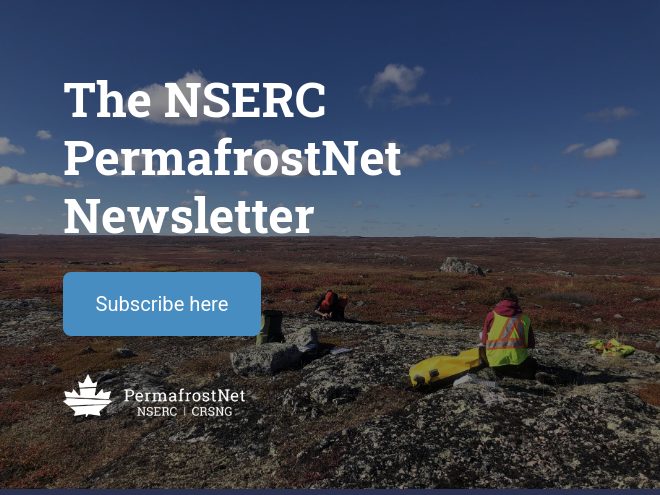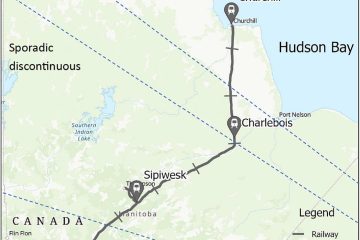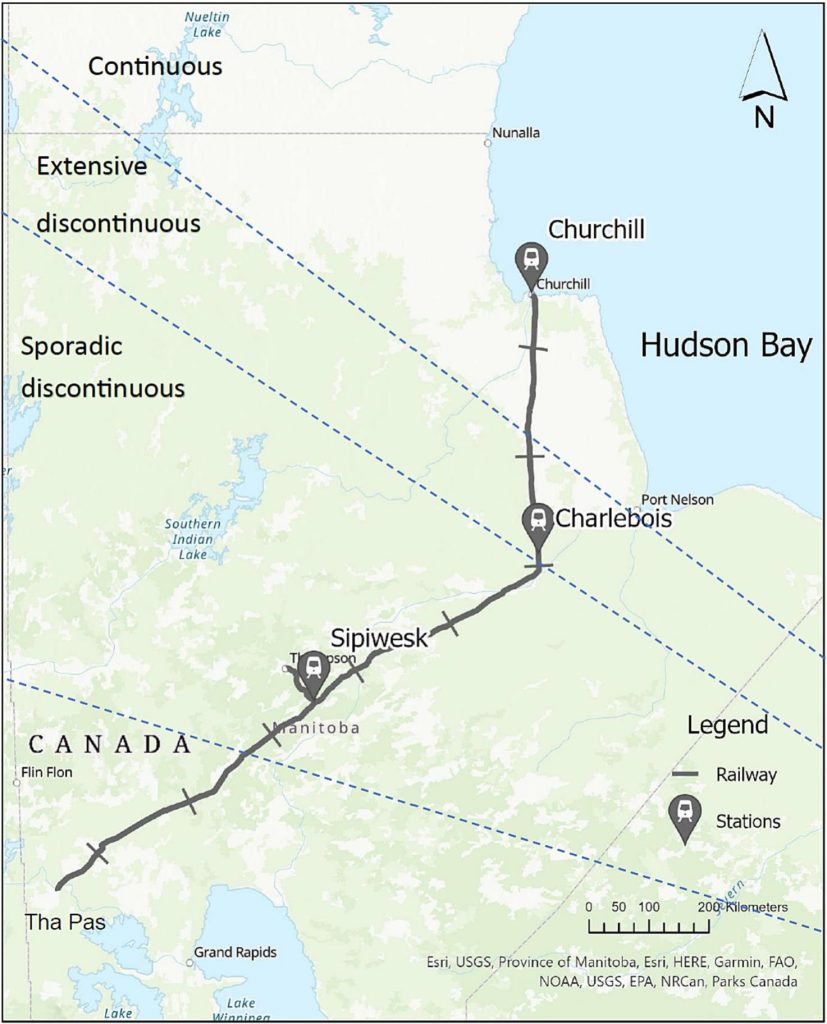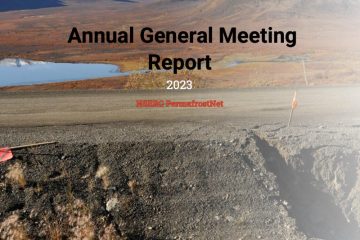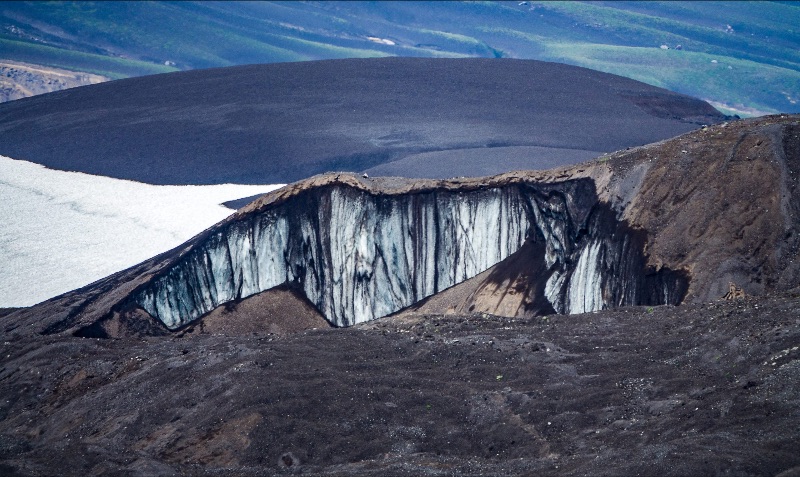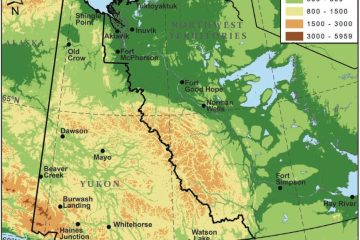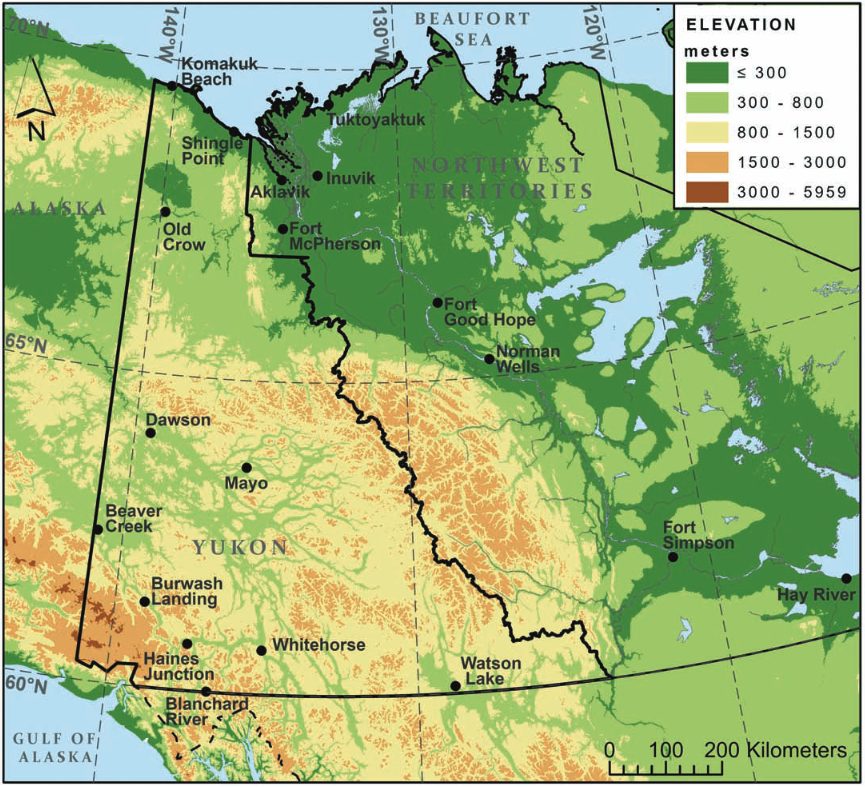Andrew Clark will be presenting Advancing Arctic coastal erosion measurement and monitoring through UAV-SfM and object-based image analysis.
Date: 1 May 2024
Time: 13:00-14:00 Eastern Time
Location: Zoom (details are posted in our Teams site).
Arctic coasts are vast and exhibit some of the highest rates of erosion in the World due to the presence of permafrost. Rates of erosion are expected to increase with warming air and water temperatures, reductions in Arctic sea ice extent and duration, sea level rise, and increased storm severity and frequency. This presentation will describe the use of emerging technologies (UAV-SfM and OBIA) to further our understanding of Arctic coastal processes, specifically, volumetric erosion, and broad scale delineation of multiple shoreline proxies for monitoring and quantification of erosion.

